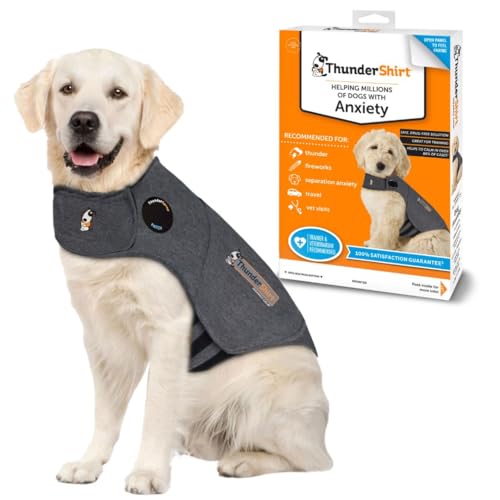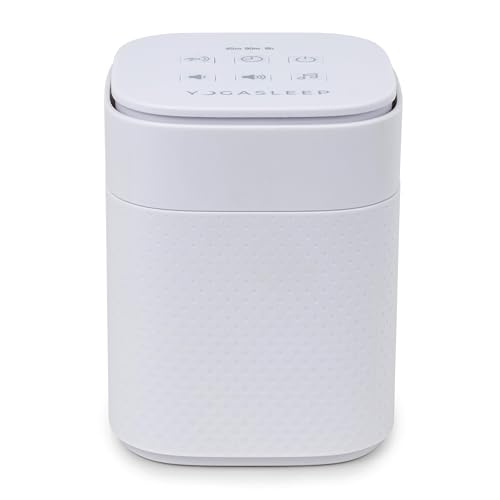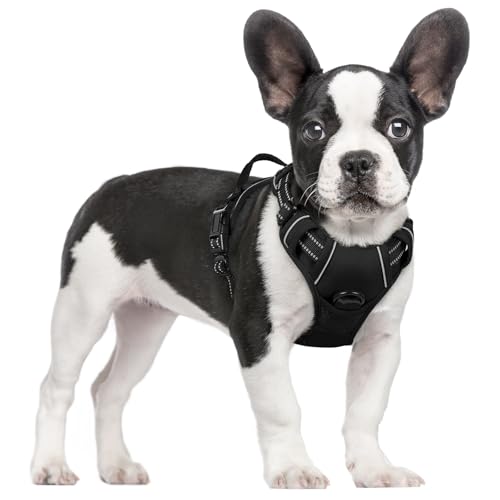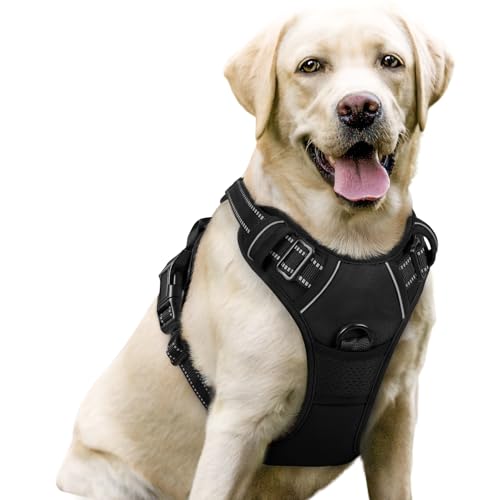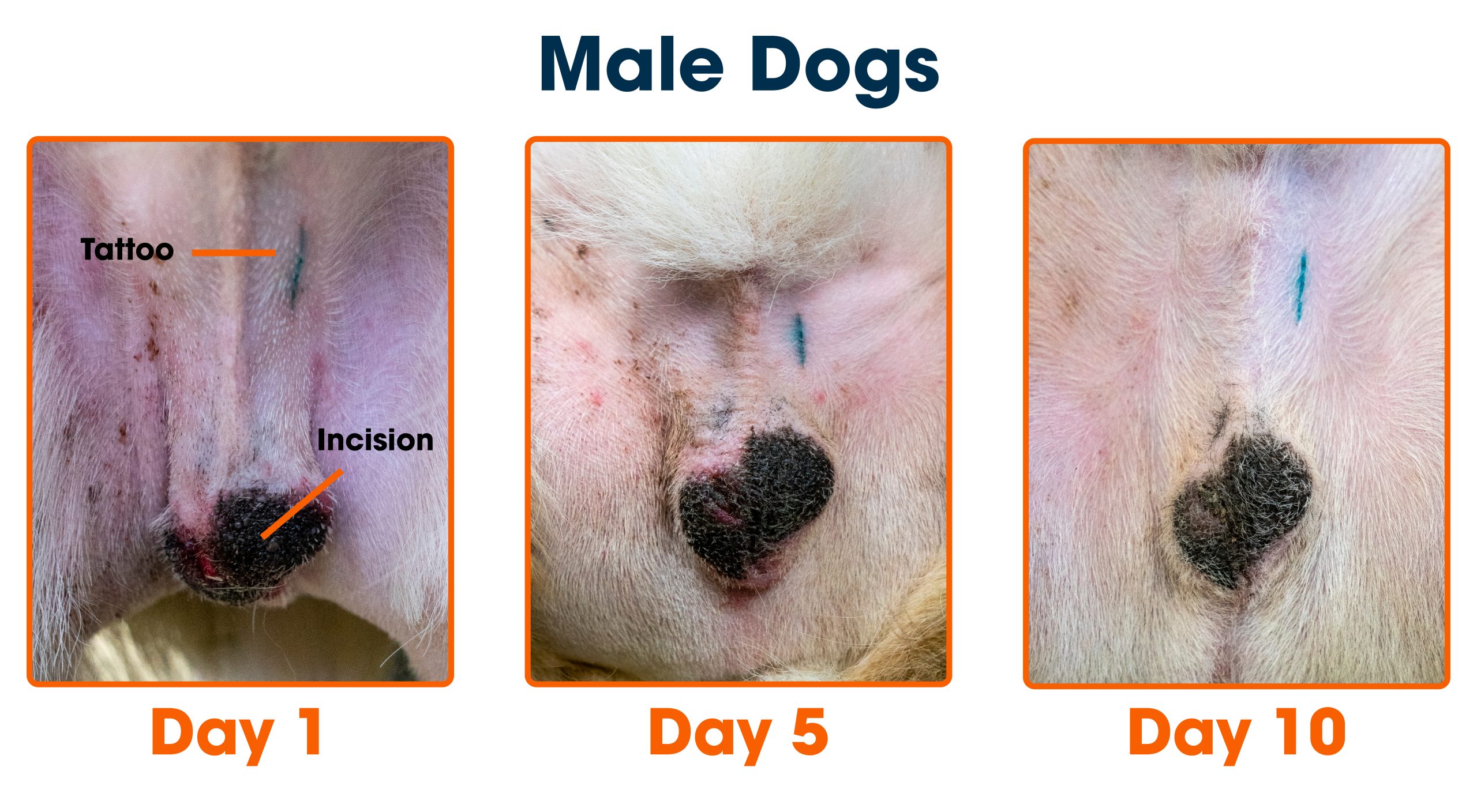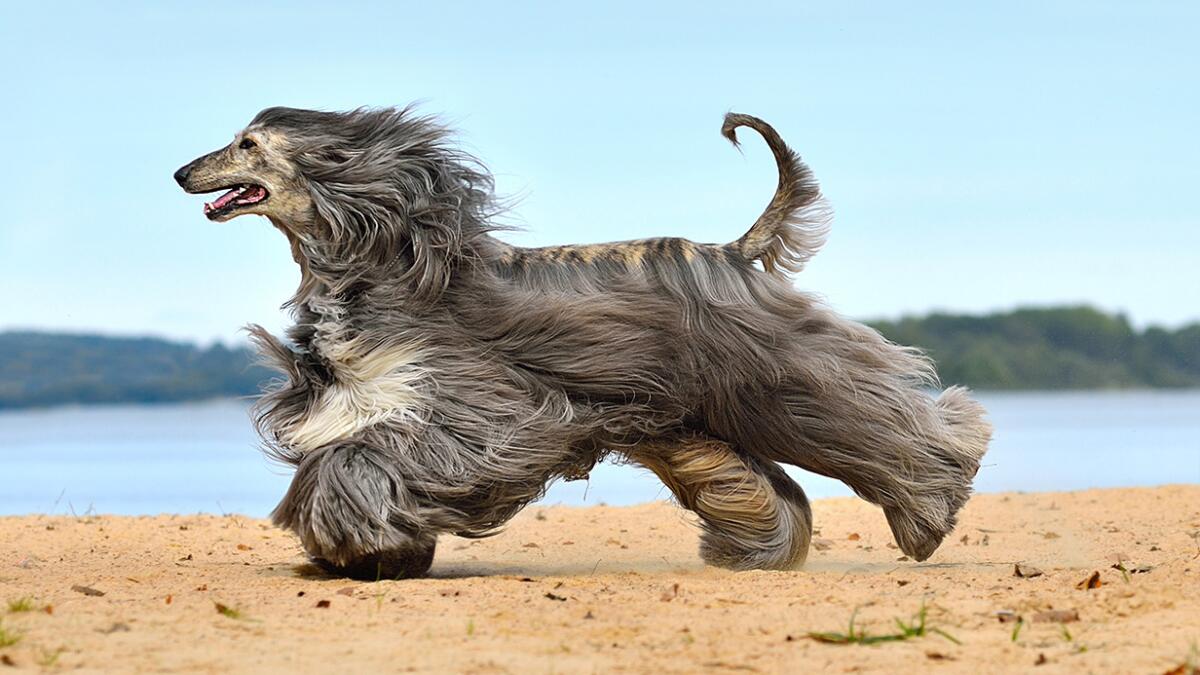If your dog is about to be neutered, you’re probably wondering how long it will take for him to bounce back. Knowing what to expect during the recovery time can ease your worries and help you care for your furry friend better.
You’ll discover the typical healing timeline, signs to watch for, and simple tips to make your dog’s recovery smooth and comfortable. Keep reading to ensure your dog gets the best care after his surgery.
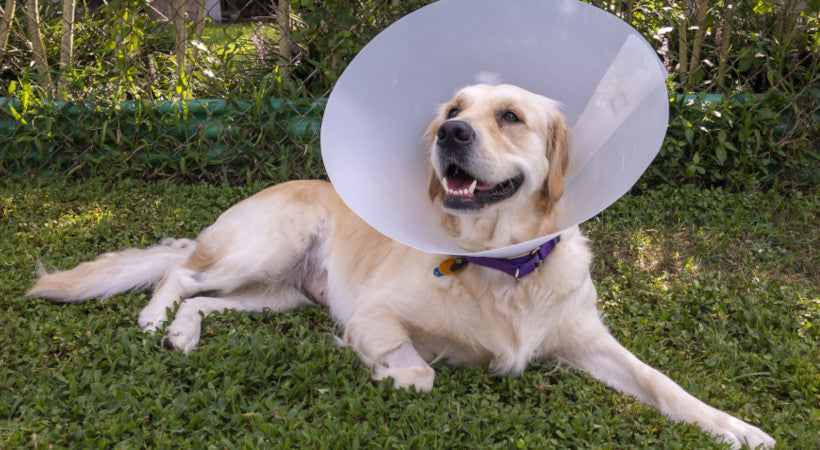
Credit: walkinpets.com
Recovery Duration After Neuter
Neutering is a common surgery for male dogs. After the surgery, dogs need time to heal. The recovery duration depends on several factors.
Understanding the recovery time helps owners care for their dogs properly. It also helps prevent complications after surgery.
Typical Healing Timeline
Most dogs heal quickly after neutering. The first few days are the most critical for rest and care. Swelling and mild discomfort usually go away within a week.
Stitches or glue used to close the wound usually heal in 10 to 14 days. During this time, dogs should avoid heavy activity to prevent injury.
- Day 1-3: Rest and limited movement
- Day 4-7: Swelling reduces, normal behavior returns
- Day 10-14: Wound fully heals, stitches removed if needed
- 2-3 weeks: Full recovery, resume regular exercise
Factors Affecting Recovery Speed
Several factors influence how fast a dog recovers from neutering. Age, health, and activity level play major roles. Younger dogs often heal faster than older dogs.
Proper care after surgery also affects healing. Keeping the dog calm, clean, and comfortable helps speed up recovery.
- Dog’s age: Younger dogs heal faster
- Health condition: Healthy dogs recover better
- Post-surgery care: Rest and wound cleaning are important
- Activity level: Too much movement can delay healing
- Nutrition: Good diet supports faster recovery

Credit: seniortailwaggers.com
Signs Of Normal Healing
After a dog is neutered, it’s important to watch for signs of normal healing. This ensures your pet is recovering as expected and helps prevent complications.
Knowing what to look for can make recovery smoother for both you and your dog. Let’s explore the behavioral changes and physical indicators that are part of normal healing.
Behavioral Changes
Some dogs may seem quieter or more tired after surgery. This is normal as their body heals from the procedure. Let your dog rest and avoid strenuous activities.
Eating less than usual is also common. As long as your dog drinks water and shows interest in food, this is typically normal. Keep an eye on their appetite over the days following surgery.
- Increased sleepiness
- Reduced appetite
- Less active behavior
Physical Indicators
Check the incision site daily. A small amount of redness and swelling is normal. It should not be painful or have a strong odor.
Watch for any discharge from the incision. Slight clear or pinkish fluid is okay. Anything yellow or green might need attention from a vet.
- Light redness at incision site
- Mild swelling
- Clear or pinkish discharge
Common Post-surgery Issues
After a dog is neutered, some issues may appear as the pet heals. Owners should watch for signs to keep their dog safe and healthy.
This guide explains common problems like swelling, infection, and pain. Knowing these helps spot troubles early.
Swelling And Bruising
Swelling and bruising near the surgery site are normal after neutering. They usually go away in a few days.
If swelling grows or bruises spread, contact a vet. Keep the area clean and stop the dog from licking it.
Infection Symptoms
Infections can happen after surgery if bacteria enter the wound. Watch for these signs:
- Redness around the incision
- Warmth or heat near the site
- Foul smell or discharge
- Fever or lethargy in your dog
- Loss of appetite
If you see any of these symptoms, call your vet quickly for advice and treatment.
Pain And Discomfort
Pain is common after neutering. Your dog may show it by being restless or licking the surgery area.
| Sign | What It Means |
| Whining or crying | Dog feels pain or discomfort |
| Restlessness | Dog cannot find a comfortable position |
| Licking or biting | Dog tries to soothe pain or itch |
| Loss of appetite | Dog may be feeling too sore to eat |
Your vet can give pain medicine if your dog is very uncomfortable. Follow all care instructions to help your pet heal well.
Essential Care Tips
Neutering your dog is an important surgery. Proper care helps your dog heal fast. You must follow some simple steps for good recovery.
These tips focus on wound care, activity limits, and diet. Keeping your dog safe helps avoid problems after neutering.
Wound Care Guidelines
Check the surgery area daily for redness or swelling. Keep the wound clean and dry to stop infection.
Do not let your dog lick or bite the wound. Use an Elizabethan collar if needed. Avoid baths until the vet says it is safe.
- Inspect the wound twice a day
- Keep the area dry and clean
- Prevent licking or scratching
- Use a cone collar if needed
- Do not bathe your dog for 10-14 days
Activity Restrictions
Limit your dog’s movement for at least 7 to 10 days. Avoid running, jumping, or rough play. Too much activity can cause pain or wound damage.
Short leash walks are fine but keep them slow. Give your dog a quiet place to rest and heal. Follow your vet’s advice about exercise.
- Stop running and jumping
- Only short, slow leash walks
- Keep playtime calm and quiet
- Provide a comfortable resting spot
- Follow vet’s activity instructions
Diet And Hydration
Offer small meals for the first day after surgery. Use the usual dog food unless the vet says otherwise. Keep fresh water available at all times.
Watch for any vomiting or loss of appetite. Contact the vet if your dog refuses food for over 24 hours. Good nutrition helps the healing process.
- Feed small meals on surgery day
- Use regular dog food unless told otherwise
- Provide fresh water always
- Check for vomiting or no appetite
- Call the vet if eating stops for 1 day
Using E-collars And Protective Gear
After a dog is neutered, it needs time to heal safely. Using E-collars and protective gear helps protect the surgery area.
These tools stop dogs from licking or biting their wounds. This lowers the risk of infection and speeds up recovery.
E-collars (elizabethan Collars)
E-collars are cone-shaped collars placed around a dog’s neck. They block the dog from reaching the surgery site.
Dogs wear them for about 10 to 14 days. This time allows the wound to heal without disturbance.
- Prevent licking and biting of stitches
- Reduce risk of wound infection
- Help keep the dog calm and safe
Soft And Inflatable Collars
Soft collars are comfortable alternatives to hard plastic cones. Inflatable collars fit like a neck pillow.
They limit the dog’s head movement but cause less stress. Soft collars are easier for dogs to wear for long periods.
- More comfort for the dog
- Still protect the surgery area
- Good for calm dogs that don’t fight the collar
Protective Clothing And Gear
Special shirts or onesies cover the surgery site. These clothes stop dogs from scratching or licking their wounds.
They work well with or without E-collars. Protective gear can keep the wound clean and reduce irritation.
- Block dog’s access to stitches
- Keep dirt and germs away
- Help dogs feel secure and less itchy
When To Contact The Vet
After your dog’s neuter surgery, watch closely for any problems. Knowing when to call the vet helps keep your dog safe. Some signs need quick attention.
This guide shows key signs to watch and when to schedule follow-up visits. Stay alert to make sure your dog recovers well.
Emergency Signs
Check your dog often for these emergency signs. Call the vet right away if you notice any of them:
- Heavy bleeding from the surgery site
- Swelling that gets bigger or very hard
- Foul smell or pus coming from the incision
- Severe pain or constant whining
- High fever or cold to the touch
- Difficulty breathing or coughing
- Vomiting or refusing food for over 24 hours
- Weakness, collapse, or extreme lethargy
Follow-up Appointments
Keep all follow-up visits with your vet. These checkups help track healing and prevent problems. Your vet may:
| Appointment Purpose | What to Expect |
| Incision Check | Vet inspects the wound for healing and infection signs |
| Stitch Removal | If non-dissolvable stitches were used, they will be taken out |
| General Health | Vet checks your dog’s overall recovery and answers questions |
| Advice on Activity | Vet guides you on when your dog can resume exercise |
Long-term Benefits Of Neutering
Neutering your dog has many health and behavioral benefits. It helps improve your dog’s quality of life over time.
This guide explains the main long-term advantages of neutering and why it is important for your pet’s future.
Reduced Risk Of Certain Cancers
Neutering lowers the chance of your dog getting testicular cancer. It also decreases the risk of prostate problems, which can be painful and hard to treat.
Better Behavior And Temperament
Neutered dogs often show less aggression and marking behaviors. They tend to be calmer and less likely to roam in search of mates.
Prevention Of Unwanted Puppies
Neutering stops your dog from fathering unwanted litters. This helps reduce the number of homeless dogs and eases the burden on shelters.
Health Benefits Table
| Benefit | Details |
| Lower Cancer Risk | Prevents testicular cancer and reduces prostate issues |
| Improved Behavior | Reduces aggression and roaming |
| Population Control | Prevents unwanted puppies |
| Longer Life | Neutered dogs often live longer, healthier lives |
Tips For A Smooth Recovery
- Keep your dog calm and indoors for at least one week
- Prevent licking of the surgery site with a cone
- Follow all vet instructions on medication and care
- Check the incision daily for signs of infection
- Give your dog plenty of water and soft food

Credit: www.fitwarm.com
Frequently Asked Questions
How Long Does Dog Neuter Recovery Usually Take?
Dog neuter recovery typically takes about 10 to 14 days. During this time, your dog should rest and avoid vigorous activities to heal properly.
When Can My Dog Resume Normal Activities Post-neuter?
Dogs can usually resume normal activities 10 to 14 days after neutering. Always consult your vet before allowing full activity to prevent complications.
What Signs Indicate Complications During Neuter Recovery?
Watch for excessive swelling, bleeding, or discharge at the surgery site. Also, if your dog shows lethargy, loss of appetite, or fever, contact your vet immediately.
How Can I Help My Dog Recover Faster After Neutering?
Provide a quiet, comfortable space and restrict your dog’s movement. Follow your vet’s instructions for wound care and medication to promote faster healing.
Conclusion
Recovery time for dog neuter usually takes about 10 to 14 days. Your dog needs rest and gentle care during this period. Watch for signs of pain or infection, and contact the vet if needed. Keep your dog calm and avoid running or jumping.
Proper care helps your pet heal quickly and comfortably. Patience and attention make all the difference. Soon, your dog will be back to normal and happy again.

